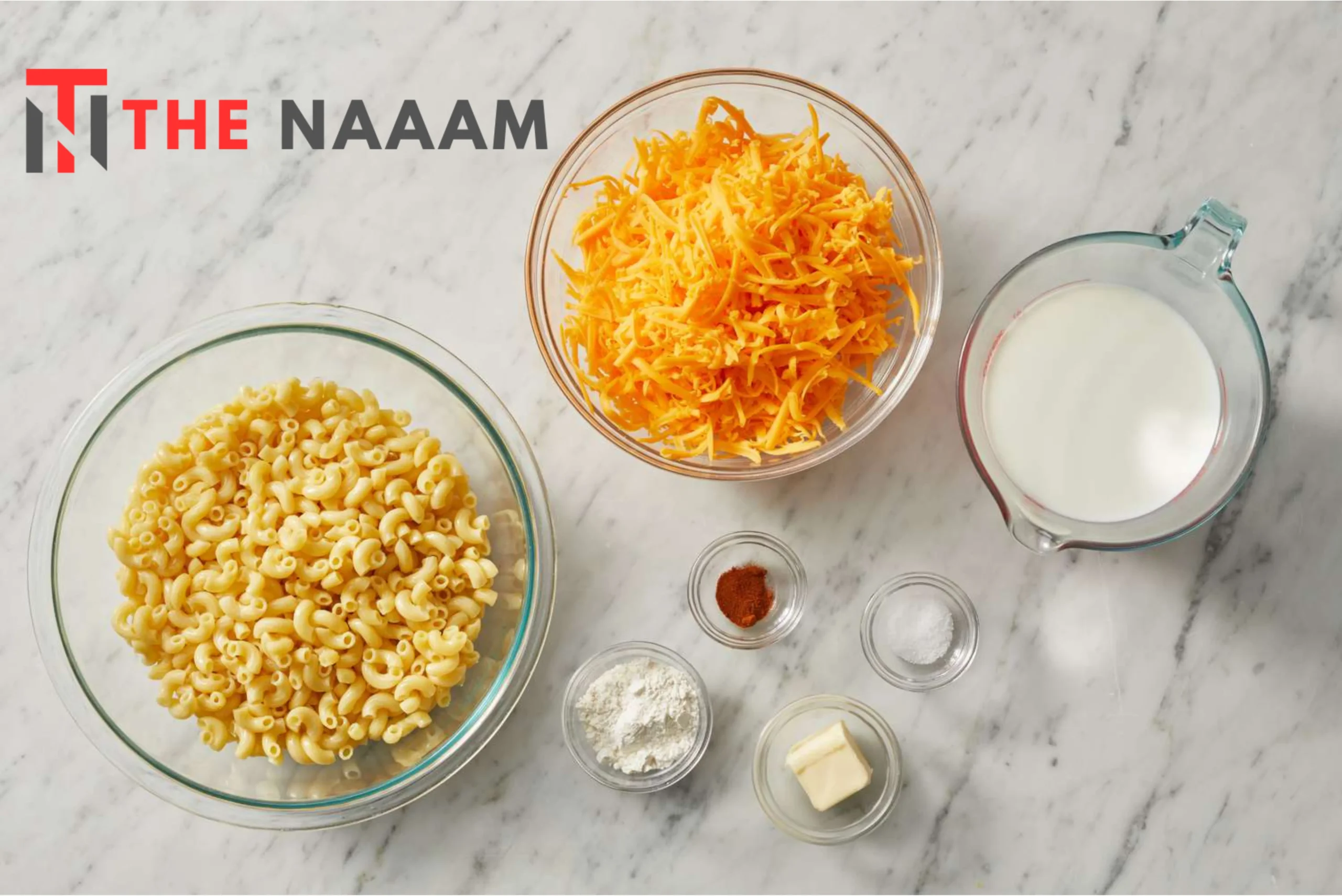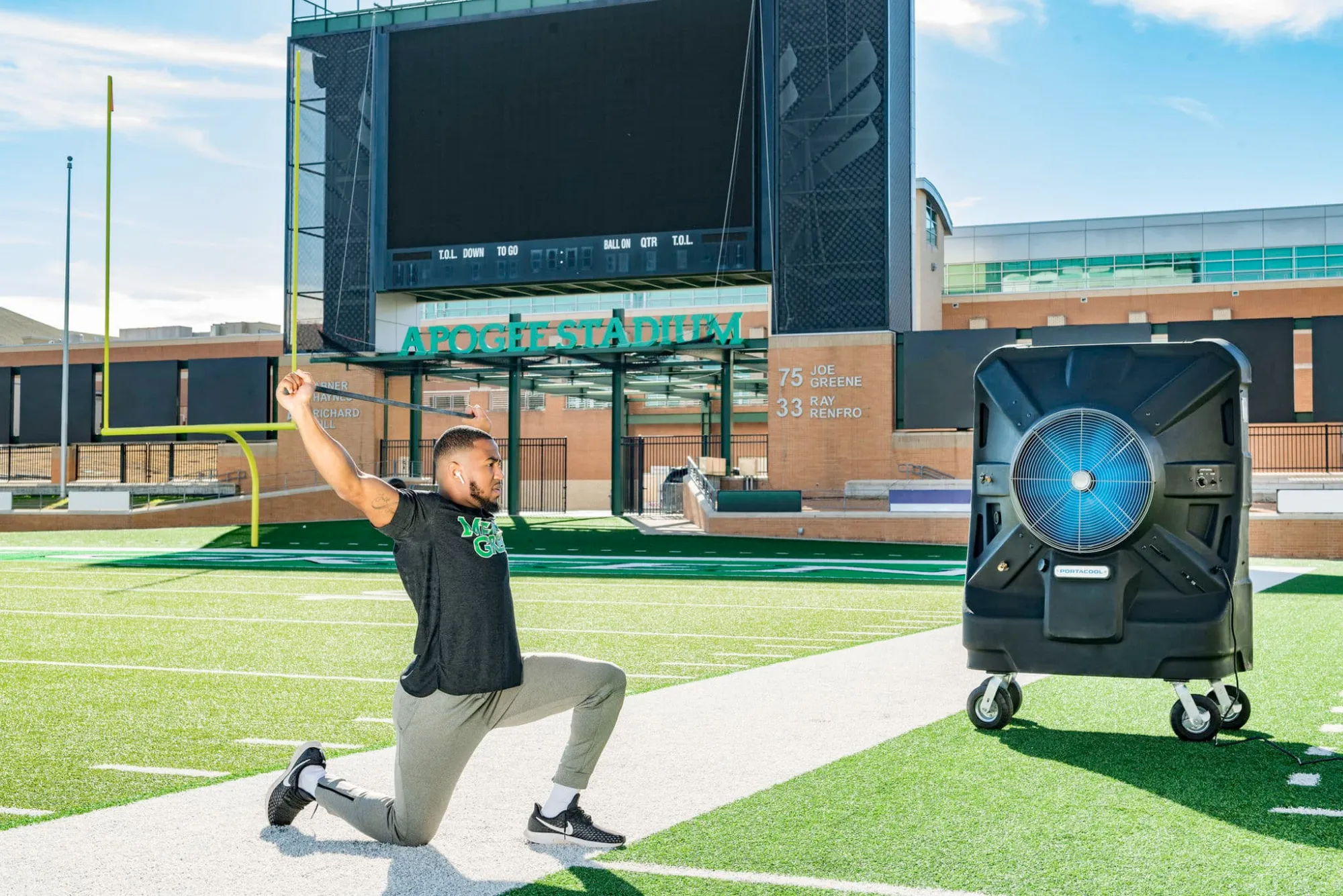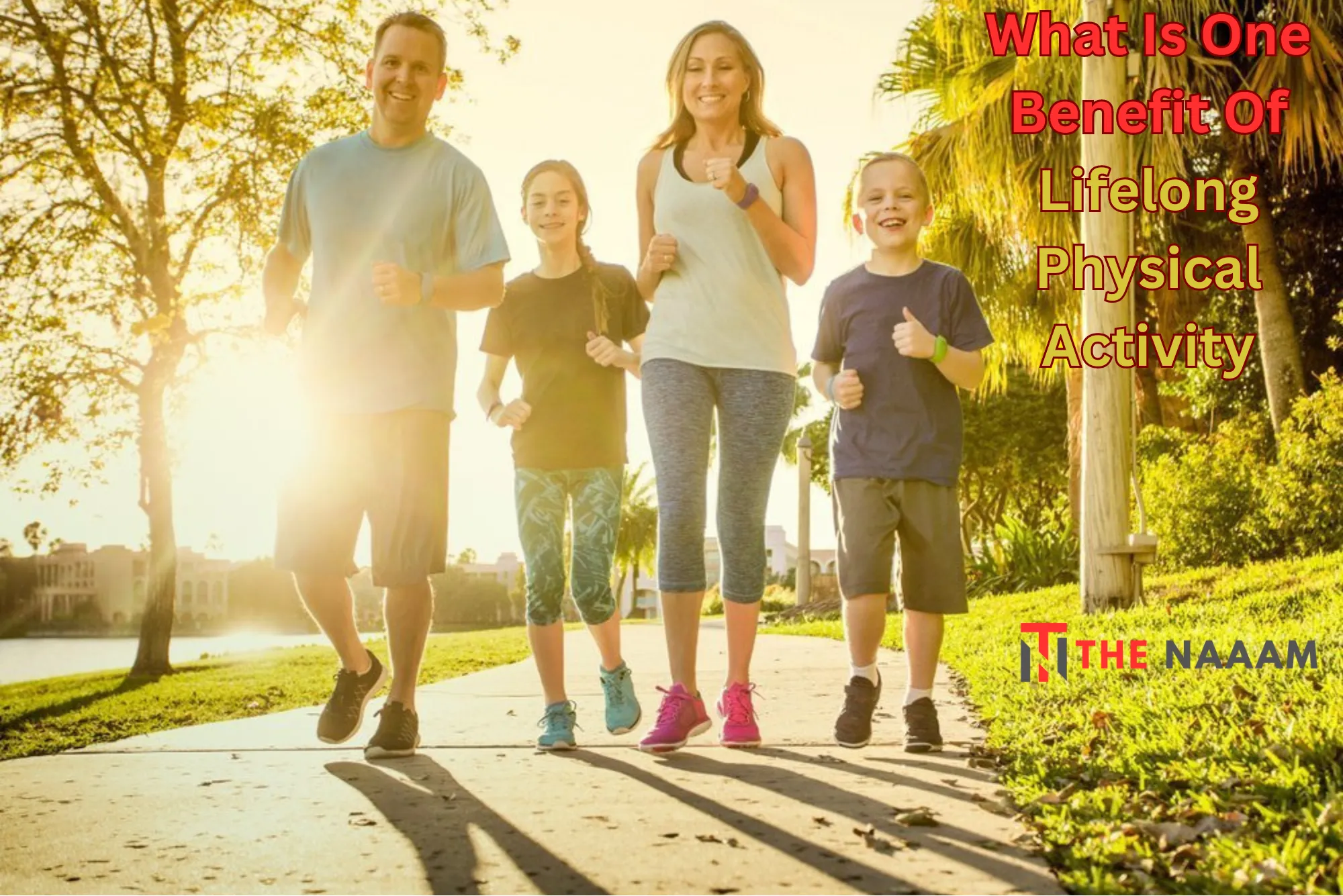Table of Contents
ToggleOne Benefit of Lifelong Physical Activity Enhanced Health & Wellbeing
Discover What Is One Benefit Of Lifelong Physical Activity enhanced health and wellbeing. Learn how staying active improves physical and mental health over time. Engaging in lifelong physical activity is crucial for maintaining overall health and wellbeing. Among the myriad benefits, enhanced health and wellbeing stands out as a primary advantage. This article delves into the various ways sustained physical activity positively impacts our health, highlighting why it is essential to stay active throughout life.
The Importance of Physical Activity
Physical activity is not just about maintaining a fit physique; it encompasses a range of activities that improve physical and mental health. Activities like walking, running, cycling, swimming, and even gardening contribute to a healthier lifestyle. Engaging in regular physical activity helps prevent chronic diseases, enhances mood, and boosts overall energy levels.
Enhanced Health and Wellbeing
Physical Health Benefits
One of the most significant benefits of lifelong physical activity is improved physical health. Regular exercise strengthens the cardiovascular system, reduces the risk of heart disease, and helps maintain a healthy weight.
Cardiovascular Health
Staying active enhances cardiovascular health by improving heart function and circulation. This reduces the risk of heart attacks, strokes, and hypertension.
Weight Management
Consistent physical activity helps regulate weight by burning calories and increasing metabolism. This prevents obesity and related health issues such as diabetes and joint problems.
Mental Health Benefits
Lifelong physical activity is also crucial for mental health. It helps reduce stress, anxiety, and depression while boosting self-esteem and cognitive function.
Stress Reduction
Exercise triggers the release of endorphins, often referred to as the body’s natural mood lifters. This reduces stress and promotes a sense of well-being.
Improved Cognitive Function
Regular physical activity has been linked to improved brain health, enhancing memory and cognitive function. This is particularly important as we age, helping to stave off conditions like Alzheimer’s disease.
Social Benefits of Lifelong Physical Activity
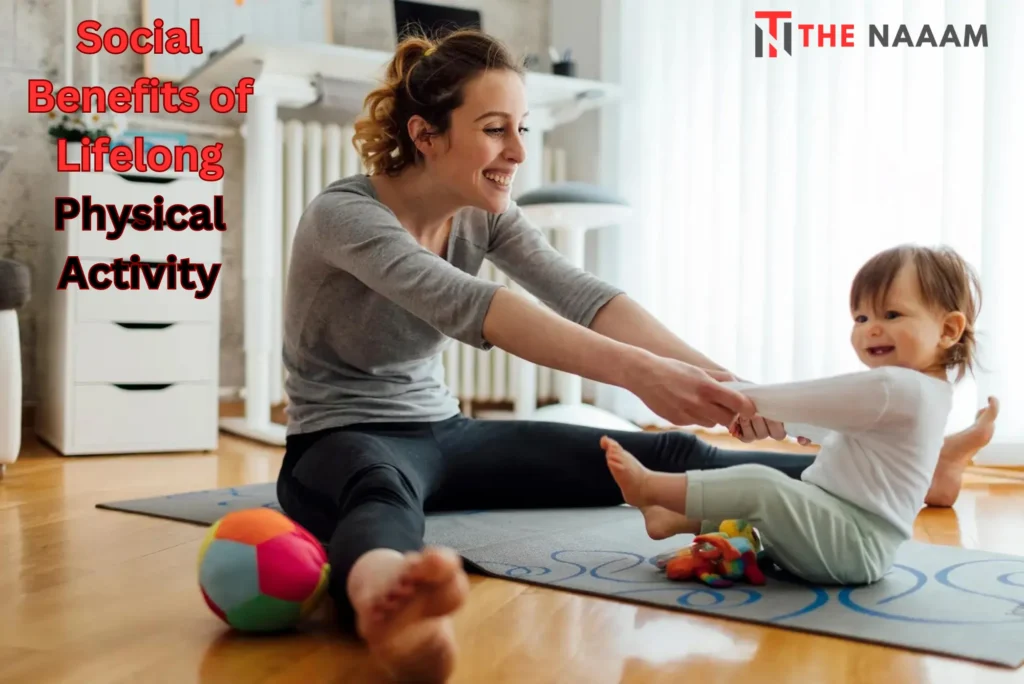
Engaging in physical activities often involves social interaction, which is beneficial for mental and emotional health. Participating in team sports, fitness classes, or walking groups fosters a sense of community and belonging.
Building Relationships
Social activities centered around physical exercise help build and strengthen relationships. This sense of community can enhance motivation and adherence to a regular exercise routine.
Longevity and Quality of Life
Staying active throughout life not only increases lifespan but also improves the quality of life. Active individuals tend to have more energy, better mobility, and greater independence in their later years.
Increased Longevity
Studies have shown that regular physical activity can extend life expectancy by reducing the risk of chronic diseases and improving overall health.
Enhanced Mobility and Independence
Maintaining physical activity helps preserve muscle mass and joint function, which are essential for mobility and independence as we age.
Practical Tips for Lifelong Physical Activity
Start Small
For those new to exercise, starting with small, manageable activities like daily walks can build the foundation for a lifelong habit.
Find Enjoyable Activities
Engage in physical activities you enjoy to ensure consistency. Whether it’s dancing, hiking, or playing a sport, enjoyment is key to sustainability.
Set Realistic Goals
Setting achievable goals helps maintain motivation. Tracking progress can also provide a sense of accomplishment and encourage continued activity.
Mix It Up
Incorporate a variety of activities to keep things interesting and work different muscle groups. This can prevent boredom and reduce the risk of injury.
Stay Consistent
Consistency is crucial for reaping the benefits of physical activity. Make exercise a regular part of your routine, just like eating and sleeping.
Same Day Benefits of Physical Activity
Engaging in physical activity brings about numerous long-term benefits, but it also offers several immediate benefits that can be experienced the same day you exercise. Whether it’s a brisk walk, a workout session, or a dance class, physical activity can quickly enhance your mood, energy levels, and overall wellbeing. Let’s explore these immediate benefits in detail.
Boosted Mood
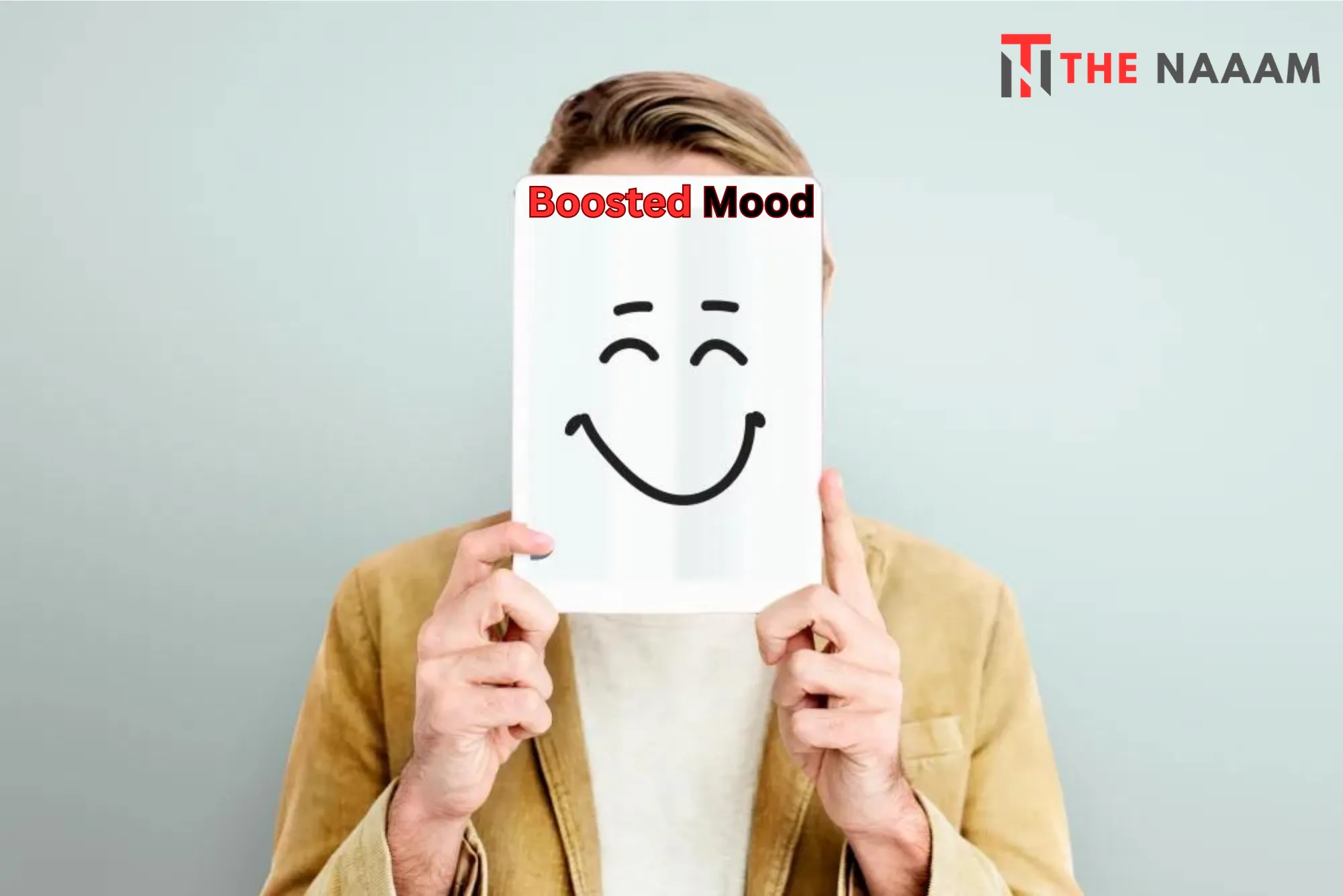
Release of Endorphins
One of the most well-known immediate benefits of physical activity is the release of endorphins. Often referred to as the body’s natural “feel-good” chemicals, endorphins can help elevate your mood and create a sense of happiness and euphoria.
Reduction in Stress and Anxiety
Exercise can act as a natural stress reliever. Physical activity helps reduce levels of the body’s stress hormones, such as adrenaline and cortisol. Additionally, it stimulates the production of endorphins, which promote relaxation and improve mood.
Increased Energy Levels
Enhanced Blood Flow
When you engage in physical activity, your heart pumps more efficiently, and blood flow increases. This enhanced circulation helps deliver more oxygen and nutrients to your muscles and tissues, resulting in increased energy levels.
Boost in Metabolism
Physical activity stimulates your metabolism, helping you feel more energetic. Even a short burst of exercise can give you an immediate energy boost, combating feelings of fatigue and lethargy.
Improved Focus and Cognitive Function
Better Brain Function
Exercise has been shown to improve brain function by increasing blood flow to the brain. This can enhance cognitive processes such as memory, attention, and problem-solving skills.
Enhanced Concentration
Physical activity can help improve concentration and focus. After a workout, many people find they can think more clearly and perform tasks more efficiently.
Immediate Physical Benefits
Muscle Activation
Engaging in physical activity immediately activates your muscles. This can help reduce muscle stiffness and improve flexibility, making you feel more limber and agile.
Enhanced Immune Function
Even a single session of exercise can boost your immune system. Physical activity promotes the circulation of immune cells, which helps your body fight off infections more effectively.
Better Sleep

Improved Sleep Quality
Exercise can help regulate your sleep patterns. Physical activity increases the amount of time you spend in deep sleep, which is the most physically restorative sleep phase. This leads to better sleep quality and helps you wake up feeling refreshed.
Faster Sleep Onset
After exercising, many people find it easier to fall asleep quickly. The reduction in stress and anxiety levels, along with physical fatigue, can contribute to falling asleep more easily.
Enhanced Social Interaction
Social Engagement
Participating in group exercises or team sports provides immediate social benefits. It offers opportunities to meet new people, socialize, and build a sense of community, which can enhance your emotional wellbeing.
Support and Motivation
Engaging in physical activities with others can provide instant support and motivation. Having a workout buddy or being part of a fitness group can help you stay committed and enjoy the activity more.
Immediate Cardiovascular Benefits
Lowered Blood Pressure
Physical activity can lead to an immediate reduction in blood pressure. Exercise promotes better circulation and helps blood vessels function more efficiently, leading to a temporary drop in blood pressure.
Improved Heart Rate
Your heart rate increases during exercise, which strengthens the heart and improves its efficiency. Over time, this can lead to a lower resting heart rate, but even in the short term, your heart benefits from the increased activity.
Physical Activity Reduces Diabetes Risk and Improves Blood Glucose Control
Engaging in physical activity offers numerous health benefits, including the significant reduction of diabetes risk and improved blood glucose control for those already diagnosed with the condition. Let’s explore how physical activity helps in these areas.
Reducing the Risk of Diabetes
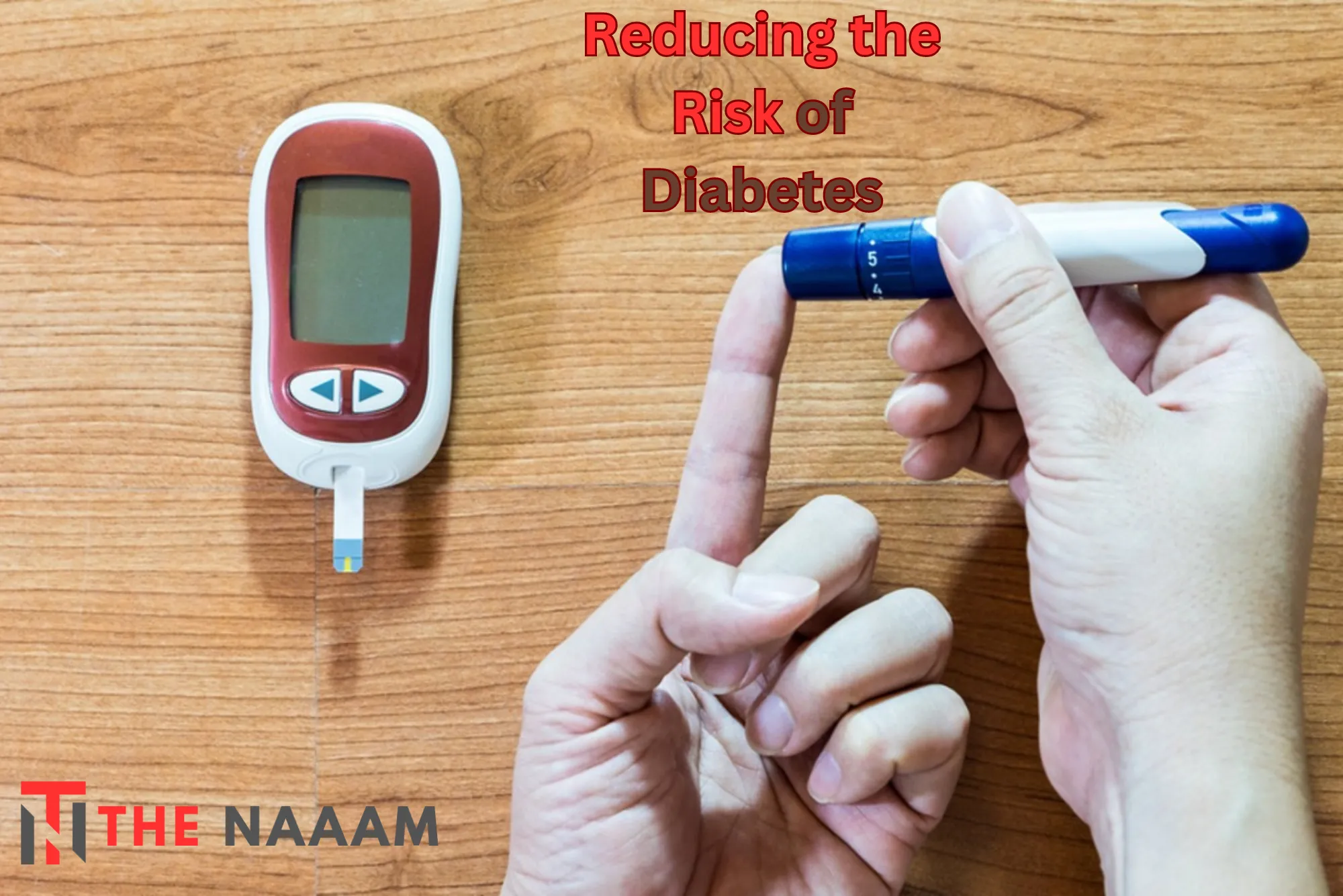
Improved Insulin Sensitivity
Regular physical activity enhances insulin sensitivity, meaning your cells are better able to use available insulin to take up glucose during and after activity. This helps prevent the onset of type 2 diabetes.
Weight Management
One of the primary risk factors for developing type 2 diabetes is being overweight or obese. Physical activity helps manage weight by burning calories and increasing metabolism, which can prevent or delay the onset of diabetes.
Lowering Blood Sugar Levels
Engaging in physical activity helps lower blood sugar levels by increasing the muscles’ uptake of glucose for energy. This reduces the amount of sugar circulating in the bloodstream and decreases the risk of developing diabetes.
Improving Blood Glucose Control for Those with Diabetes
Enhanced Insulin Efficiency
For individuals with diabetes, physical activity improves the efficiency of insulin in the body. This means that less insulin is required to transport glucose from the blood into the cells, leading to better blood glucose control.
Immediate Glucose Utilization
During physical activity, muscles use glucose as a source of energy, leading to an immediate reduction in blood glucose levels. This effect can last for several hours after the exercise session.
Long-Term Blood Sugar Regulation
Regular physical activity helps maintain lower blood glucose levels over time. Consistent exercise can lead to better long-term blood sugar regulation, reducing the risk of complications associated with diabetes.
Types of Physical Activity Beneficial for Diabetes
Aerobic Exercise
Aerobic activities such as walking, running, cycling, and swimming are particularly effective at improving cardiovascular health and enhancing insulin sensitivity. Aim for at least 150 minutes of moderate-intensity aerobic exercise per week.
Strength Training
Strength training exercises, such as weight lifting and resistance band workouts, help build muscle mass, which increases glucose uptake and improves insulin sensitivity. Incorporating strength training into your routine 2-3 times per week can be beneficial.
Flexibility and Balance Exercises
Flexibility and balance exercises, such as yoga and tai chi, can improve overall fitness and reduce the risk of injuries, making it easier to maintain a regular exercise routine.
Practical Tips for Managing Diabetes with Physical Activity
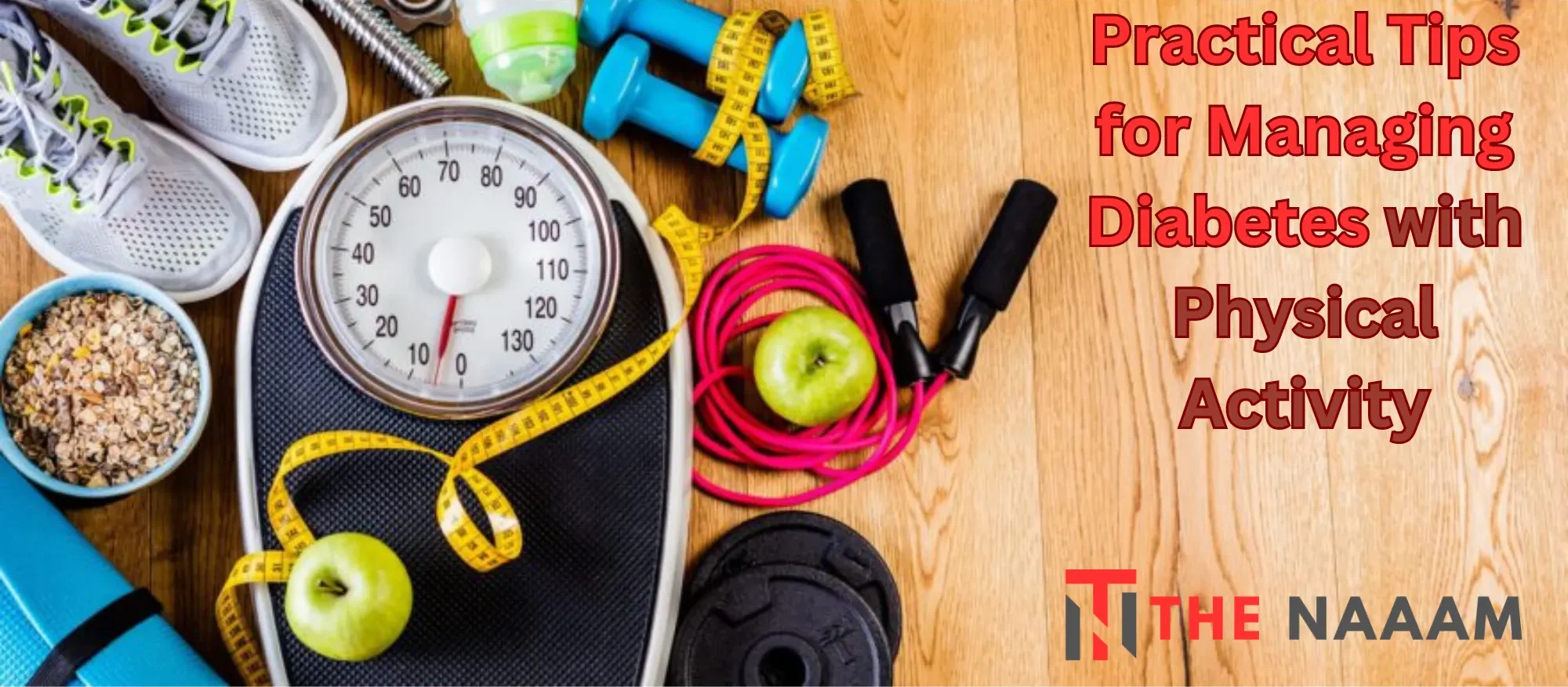
Monitor Blood Glucose Levels
If you have diabetes, it’s essential to monitor your blood glucose levels before, during, and after physical activity to understand how your body responds and to prevent hypoglycemia (low blood sugar).
Stay Hydrated
Proper hydration is crucial, especially during exercise. Dehydration can affect blood glucose levels and overall health.
Plan Your Meals
Eating a balanced meal or snack before physical activity can help manage blood glucose levels. Choose complex carbohydrates and protein to provide sustained energy.
Consult Your Healthcare Provider
Before starting a new exercise regimen, consult with your healthcare provider. They can help tailor an exercise plan that fits your individual needs and health status.
The Role of Physical Activity in Lowering Cholesterol Levels
Regular physical activity plays a crucial role in lowering cholesterol levels and reducing the risk of heart disease. How Physical Activity Can Lower Cholesterol is a question often asked by those aiming to improve their cardiovascular health. Exercise increases the production of high-density lipoprotein (HDL) cholesterol, commonly known as “good” cholesterol, which helps remove low-density lipoprotein (LDL) cholesterol, or “bad” cholesterol, from the bloodstream.
Additionally, physical activity promotes weight loss and helps maintain a healthy weight, which further contributes to lowering cholesterol levels. Moreover, exercise improves blood circulation, strengthens the heart muscle, and reduces inflammation, all of which contribute to better cholesterol profiles and overall heart health. Incorporating regular physical activity into your routine is a key component of managing cholesterol levels and maintaining optimal cardiovascular function.
Lifelong Physical Activity Examples
Engaging in lifelong physical activity is essential for maintaining health and wellbeing throughout your life. There are various activities that can be enjoyed at different stages of life, catering to diverse interests and fitness levels. Here are some examples of lifelong physical activities:
Aerobic Activities
Walking
Walking is one of the most accessible forms of physical activity. It can be done anywhere, requires no special equipment, and is suitable for all ages. Regular walking helps maintain cardiovascular health, strengthens muscles, and improves mood.
Running
Running is an excellent way to enhance cardiovascular fitness, build endurance, and manage weight. It can be adjusted to various intensities, from jogging to sprinting, making it adaptable to different fitness levels.
Cycling
Cycling is a versatile and enjoyable activity that can be performed outdoors or on a stationary bike. It improves cardiovascular health, strengthens leg muscles, and can be a social activity when done in groups. Lifelong physical activity examples like cycling are great for maintaining fitness and exploring new places.
Strength Training
Weight Lifting
Weight lifting helps build and maintain muscle mass, which is crucial for overall strength and metabolism. It can be done using free weights, machines, or resistance bands, making it suitable for various fitness levels.
Bodyweight Exercises
Exercises like push-ups, pull-ups, and squats use your body weight as resistance, improving strength and flexibility. These exercises can be performed anywhere and are easily modifiable to increase or decrease intensity.
Flexibility and Balance Exercises
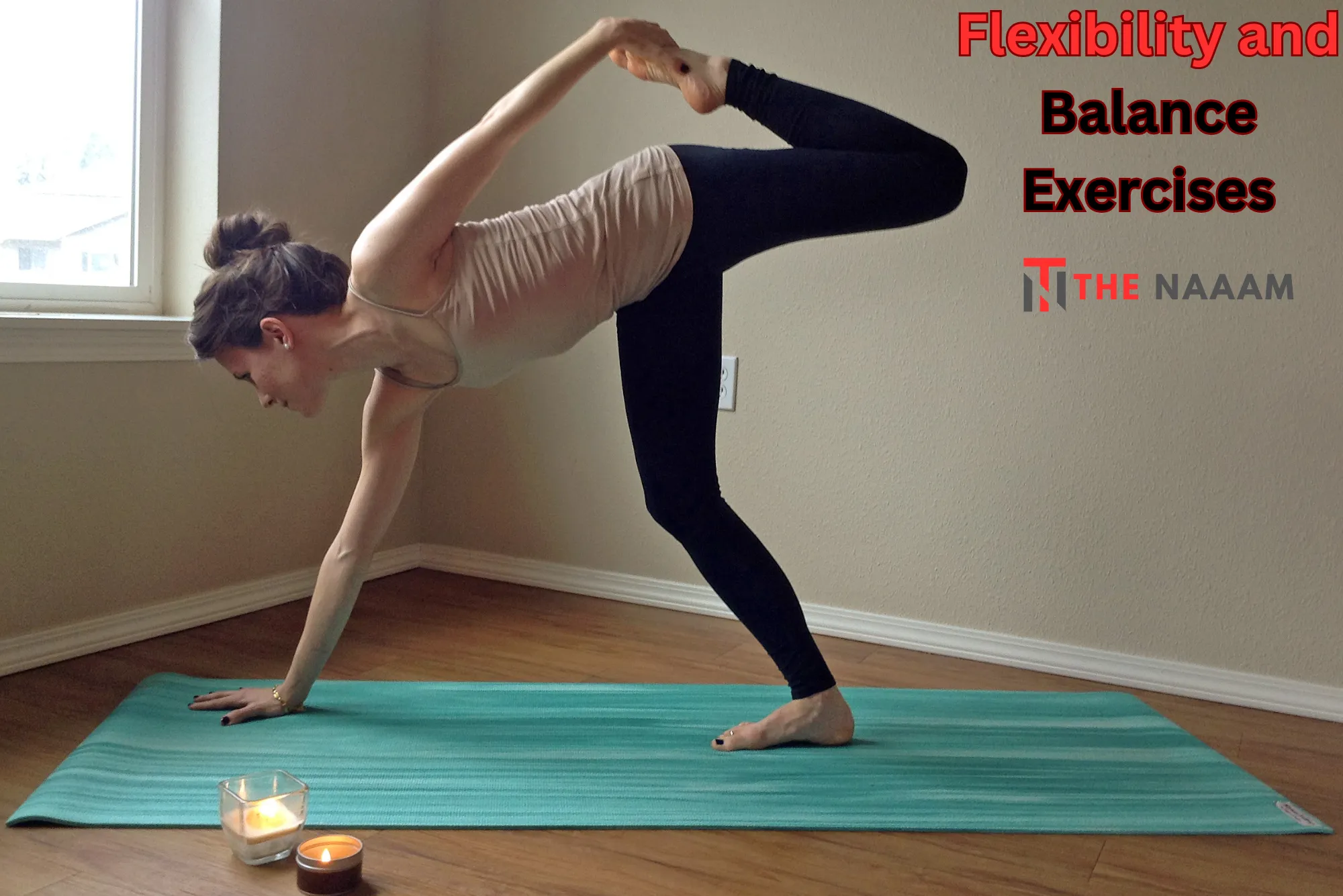
Yoga
Yoga combines physical postures, breathing exercises, and meditation to improve flexibility, balance, and mental clarity. It can be practiced at any age and adapted to individual abilities, making it a great lifelong physical activity example.
Tai Chi
Tai Chi is a low-impact exercise that focuses on slow, deliberate movements and deep breathing. It enhances balance, flexibility, and mental focus, making it suitable for older adults and those with limited mobility.
Recreational Activities
Swimming
Swimming provides a full-body workout and is gentle on the joints, making it ideal for people of all ages, including those with arthritis or other joint issues. It improves cardiovascular health, builds strength, and enhances flexibility.
Dancing
Dancing is a fun and social way to stay active. It improves cardiovascular fitness, coordination, and balance. From ballroom dancing to Zumba, there are many styles to suit different preferences and skill levels. Lifelong physical activity examples like dancing help keep both the body and mind engaged.
what is one benefit of lifelong physical activity? The answer is enhanced health and wellbeing. Lifelong physical activity offers numerous advantages, from improved physical and mental health to increased longevity and quality of life. By incorporating regular exercise into your routine, you can enjoy these benefits and lead a healthier, more fulfilling life. So, start today and commit to a lifetime of physical activity for a better tomorrow.





